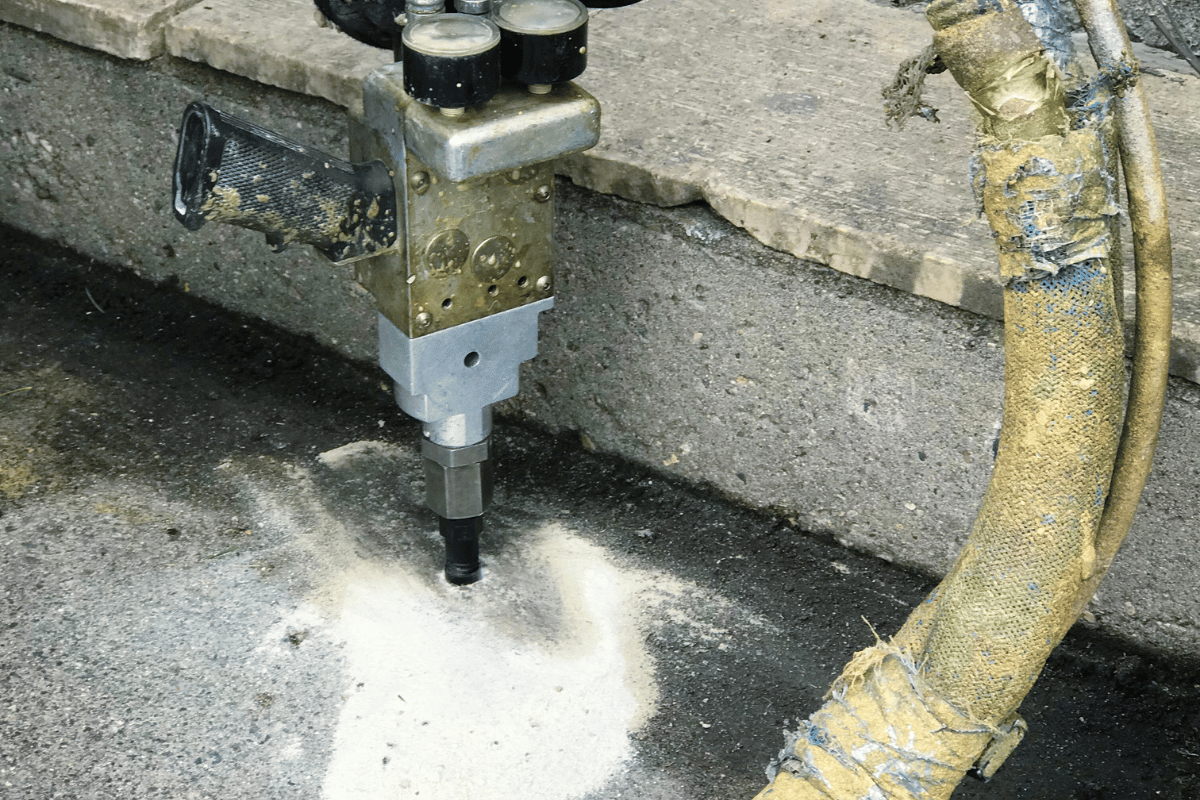As the world’s population continues to grow, so does the demand for sustainable and environmentally friendly building materials. One such material that is gaining popularity in the construction industry is cement foam. Let’s explore the benefits of this type of foam and how it’s improving sustainability in construction.
What is Cement Foam?
It is a lightweight, low-density material made by combining cement, water, and foam. It is used as a building material for insulation, soundproofing, and fireproofing, as well as for decorative finishes. The foam in cement foam is created by injecting a foaming agent into the mixture, which causes it to expand and create air pockets.
Benefits of Cement Foam in Construction
It offers several benefits in construction, particularly in terms of sustainability. Let’s take a closer look at some of these benefits:
- Energy Efficiency – Cement foam has excellent insulation properties, which means it can help reduce energy consumption in buildings. This results in lower energy bills for homeowners and businesses alike.
- Reduced Carbon Footprint – The production of this particular foam requires less energy and emits fewer greenhouse gases compared to traditional building materials like concrete. This makes it a more environmentally friendly option.
- Noise Reduction – Can help reduce noise pollution both within and outside buildings. Its soundproofing properties make it ideal for use in walls, floors, and ceilings.
- Fire Resistance – Is also fire-resistant, making it a safer option for buildings.
Applications of Cement Foam in Construction
This foam can be used in a variety of applications in construction. Some of these include:
- Insulation – This foam is an excellent insulation material and can be used in walls, roofs, and floors to help reduce energy consumption.
- Soundproofing – Foam’s soundproofing properties make it ideal for use in walls, floors, and ceilings to reduce noise pollution.
- Fireproofing – Cement foam’s fire-resistant properties make it a safer option for buildings.
- Decorative Finishes – It can be used as a decorative finish for walls, ceilings, and other surfaces. It can be molded into various shapes and can be painted to match any color scheme.
Conclusion
Cement foam is a versatile and sustainable building material that offers several benefits over traditional building materials. Its insulation, soundproofing, and fire-resistant properties make it ideal for use in a variety of applications in construction. By using it, we can build smarter and more sustainable buildings that are both environmentally friendly and energy-efficient. If you’re interested in learning more about cement foam and how it can benefit your construction project, contact FoamWorks Pro today.


Recent Comments